A Seafarer’s Essential Guide to Safe Sailing at Night
Sailing at night presents unique challenges for seafarers that require careful consideration. Many things will change on the water once the sun is out, which may make it difficult for navigation at sea. These include the waves becoming harder to judge and reflections in your boat’s windshield that can become confusing. Furthermore, when you sail close to cities or bridges, their lights may reduce your night vision. Therefore, before sailing for the first or second time, you must consider them.
Though experience is the best teacher for sailing, you can still benefit from guidelines on how to navigate your ship when it’s dark out. With this, we give you the essential tips on what you need to do when sailing at night:
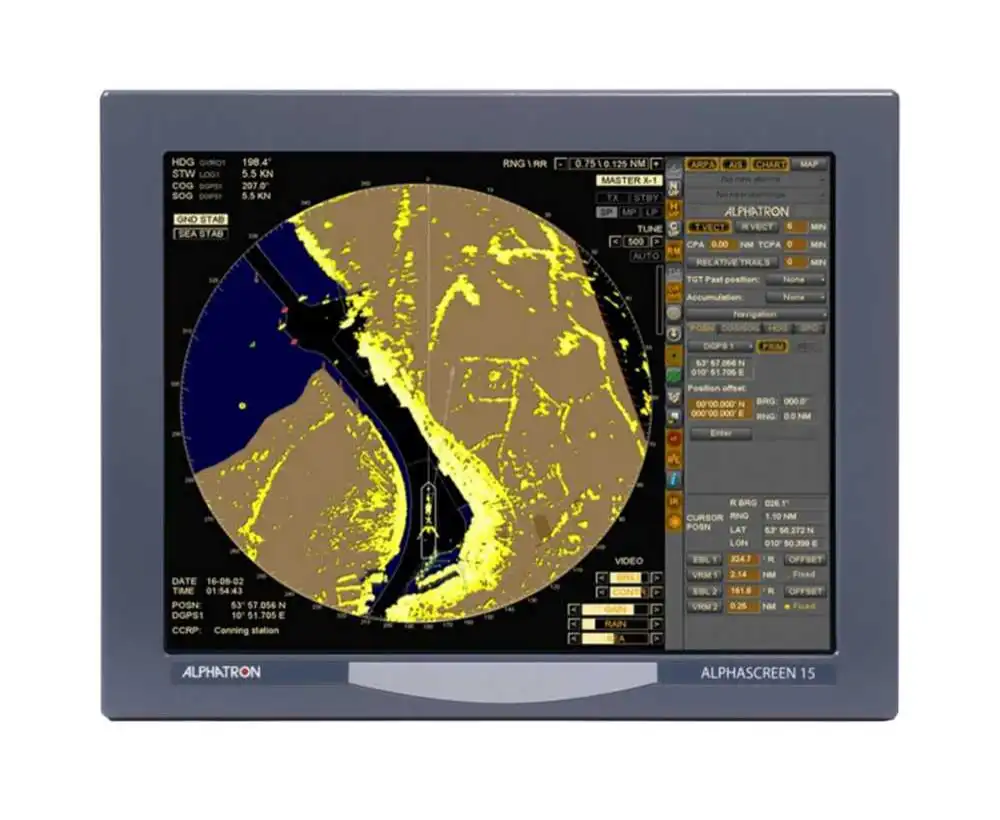
1. Prepare Night Navigational Aids
Preparing your vessel with the right marine navigation equipment is essential for day and night voyages. However, it’s significantly important for nighttime sea navigation as your vision is more limited compared to day voyages. The most crucial navigational aids on your vessel include a GPS chartplotter and marine radar.
GPS chart plotters use satellite signals to pinpoint your vessel’s location on electronic charts. That way, you can determine your position accurately and plan routes to avoid obstacles when sailing at night. On the other hand, marine radars emit radio waves that bounce off objects in your vicinity, creating a detailed image of your surroundings, including other vessels, land masses, and potential obstacles. This real-time data allows you to navigate safely through crowded waters or adverse weather conditions, even when visibility is restricted.
2. Understanding Navigational Markers and Lights
For nighttime seafaring, you must know how to interpret navigational markers and lights. Familiarise yourself with the meaning of various buoy markers, lighthouse characteristics, and other navigational aids.
Buoy markers are floating structures strategically placed to mark safe passages, warn of hazards, and indicate navigational routes. Understanding the significance of various buoy markers when sailing at night is fundamental to avoiding potential dangers and staying on course. For example, red and green buoys denote the edges of navigable channels. On the other hand, yellow buoys often signal special areas, such as swimming zones or areas with underwater pipelines.
Understanding light structures from lighthouses also helps you identify your location and distinguish one lighthouse from another. Pay attention to the light’s pattern to identify the lighthouse and its colour and intensity to determine its position and purpose.
3. Optimise Lighting for Night Navigation
Proper lighting is paramount when sailing at night. Make sure your ship displays the required navigation lights as per international regulations. This helps other vessels at sea identify your type, size, and heading. One example would be if your vessel is less than 39.4 metres or 12 metres, your navigation lights must be one all-around white light that you can see from 360 degrees and from two miles away. You must also have one pair of red and green lights visible at 112.5 degrees and from one mile away.
Moreover, have dim interior lights on your vessel. You must minimise interior lighting to prevent glare from affecting your night vision. Consider using red lights for onboard activities, as they are less likely to disrupt night vision.
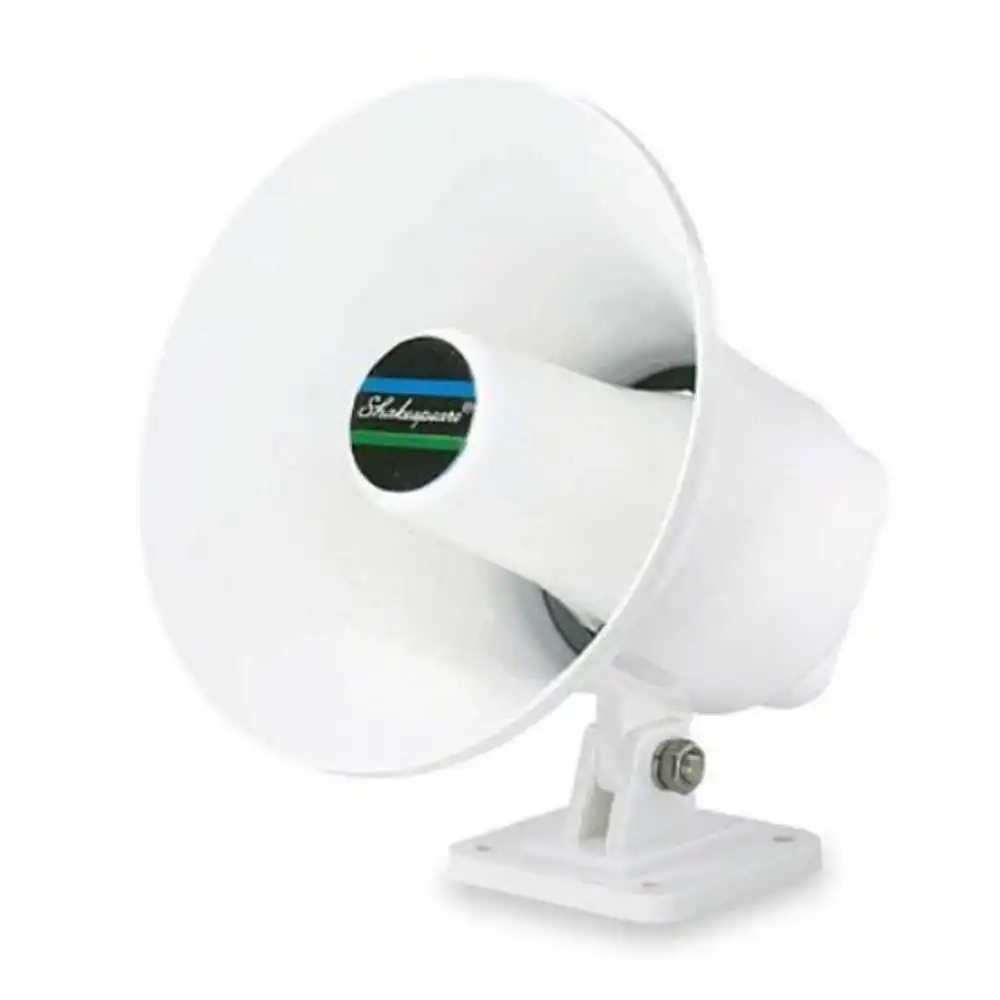
4. Using Sound Signals for Communication
When visibility can be severely limited due to darkness, sound signals become a vital means of conveying information, avoiding collisions, and communicating emergencies. Equipment, such as loud hailers and marine VHF, are vital for communicating with other vessels and shore authorities.
When using loud hailers for communication, standardised signals are used to ensure universal understanding among seafarers. These signals alert other vessels to your presence, position, and intentions, thereby reducing collision risk when sailing at night. Different sequences of short and long blasts convey specific messages, such as altering course, slowing down, or indicating distress.
Additionally, your marine very high frequency (VHF) radio provides you with a reliable means of communication with other vessels and even port authorities. You can directly provide important information such as positions, intentions, and manoeuvring plans. Learn more about the importance of marine VHF when navigating at sea.

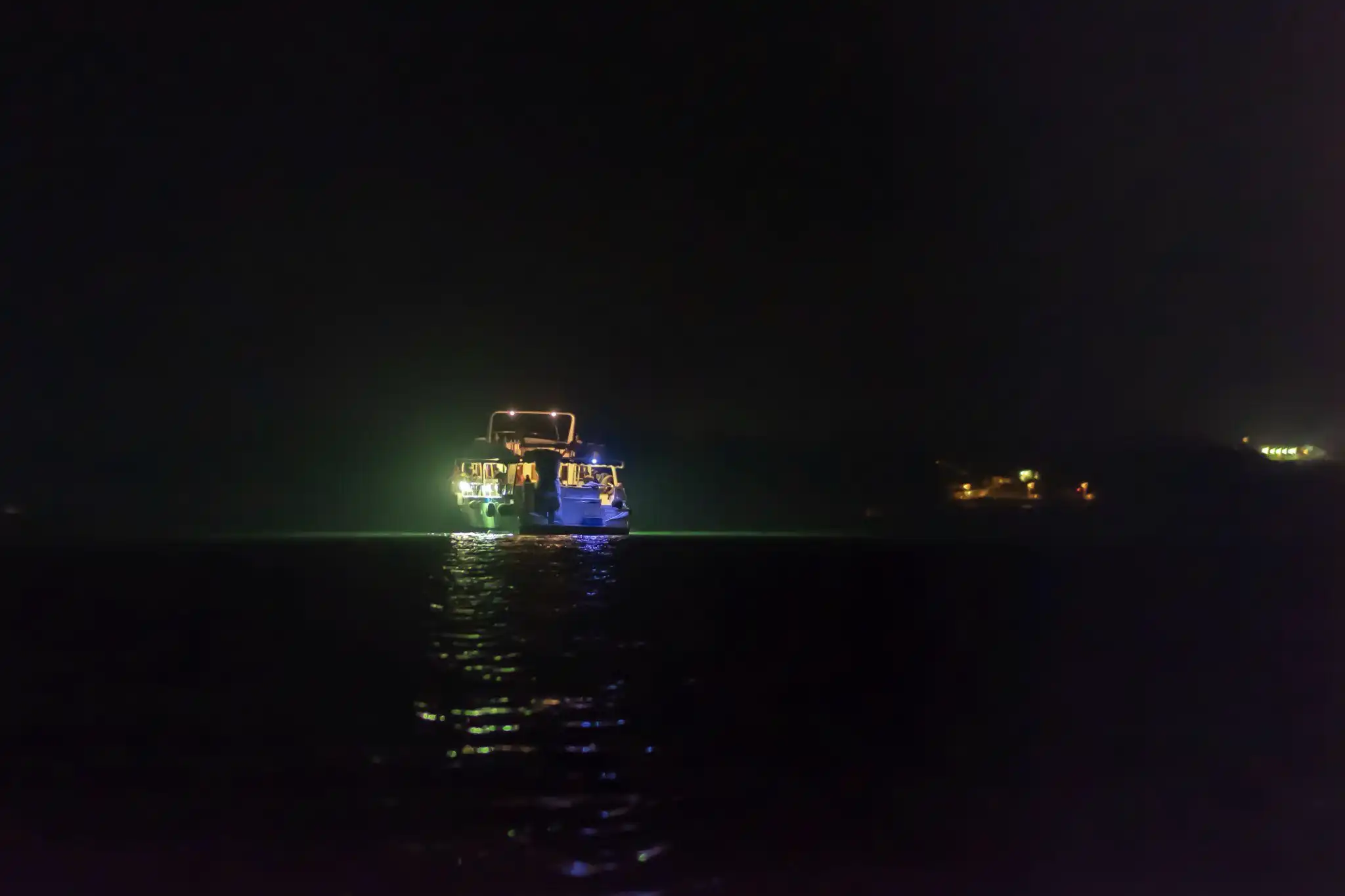
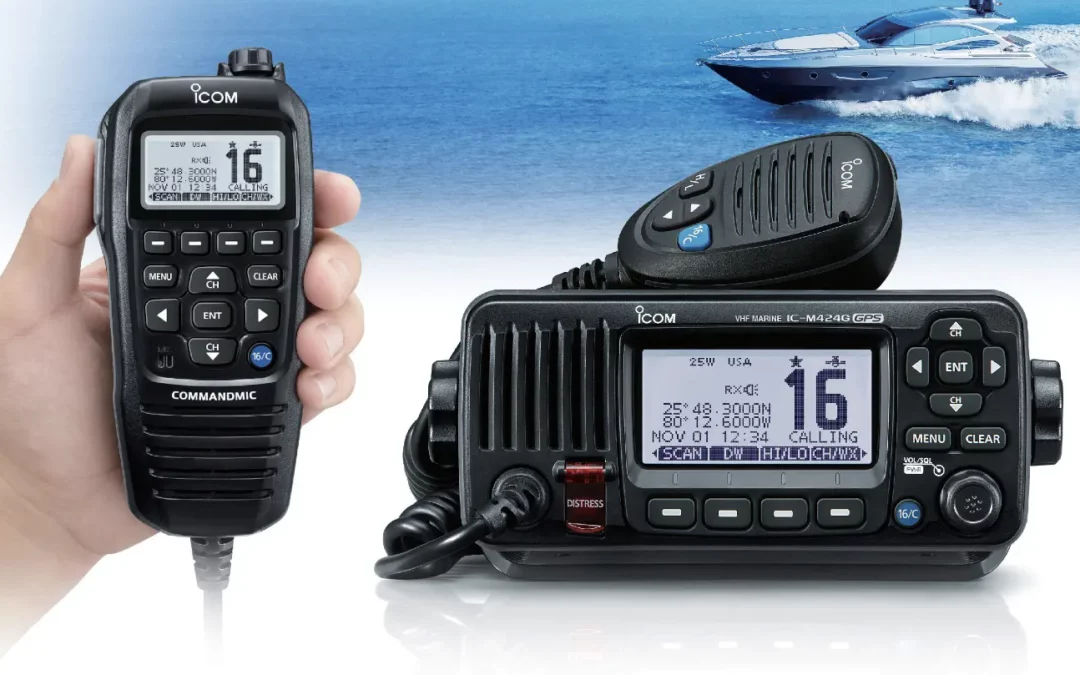

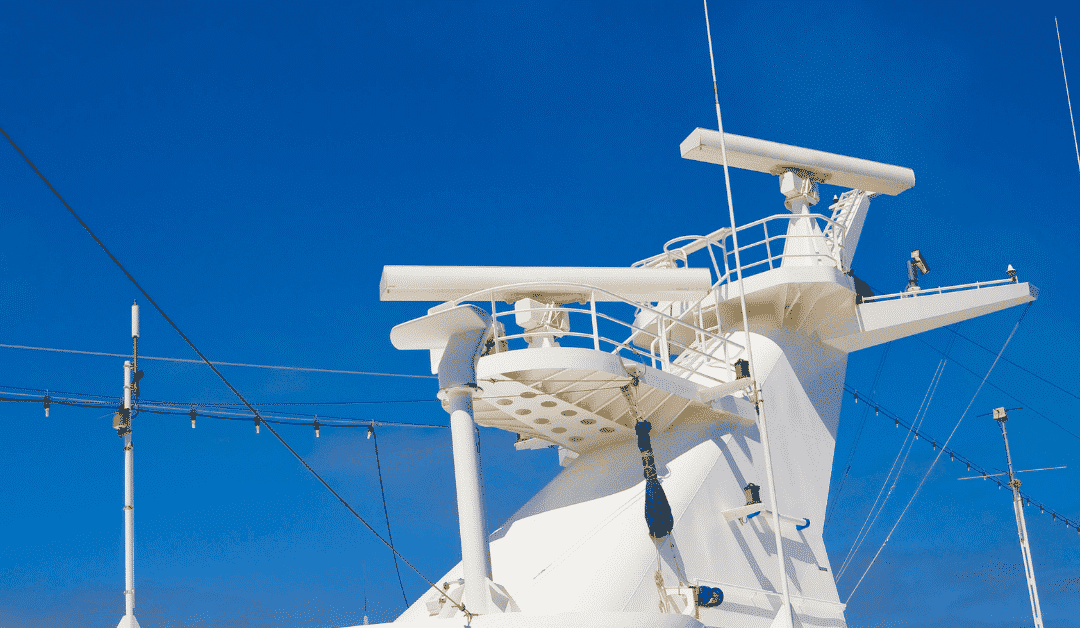

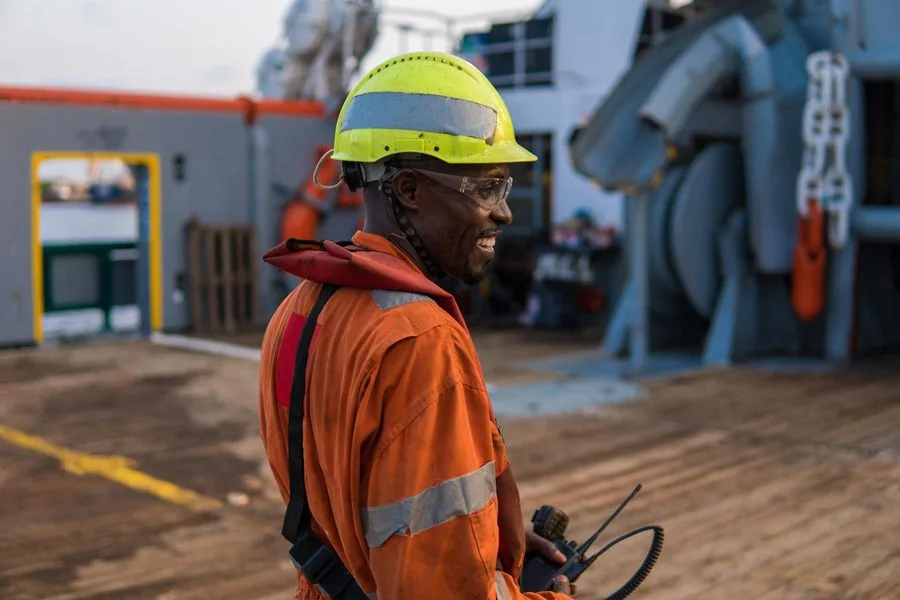
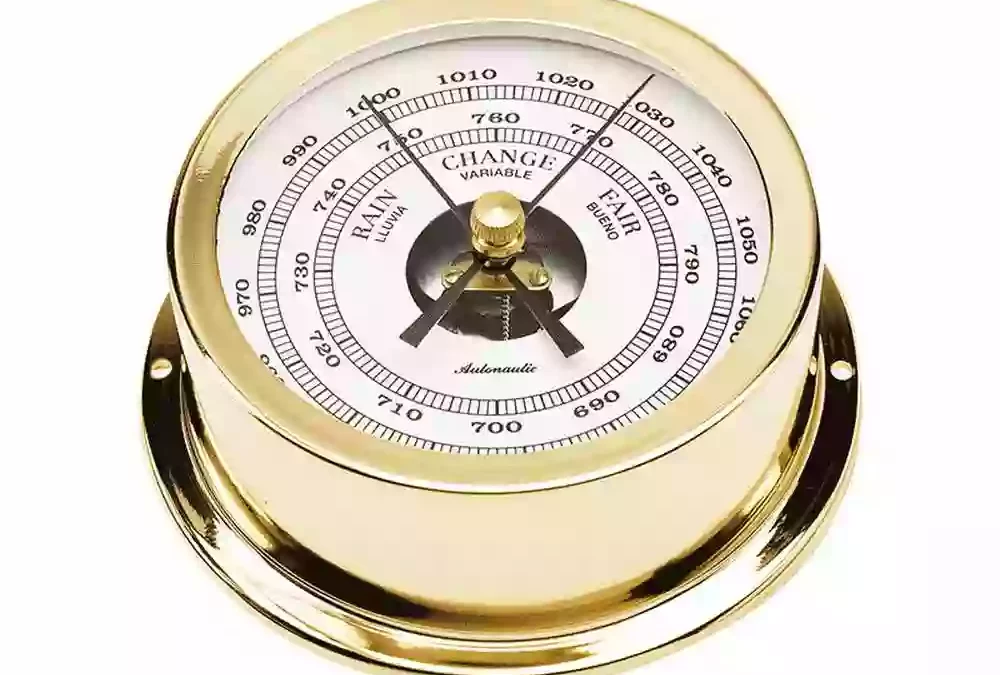
0 Comments